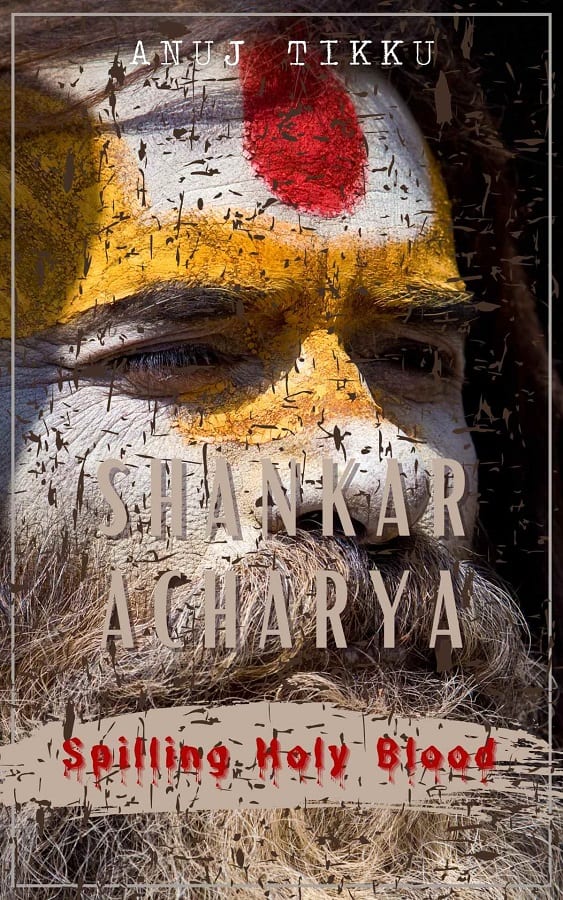PLOT: 1.5/5 CHARACTERS: 1.5/5 WRITING: 1/5 CLIMAX: 1/5 ENTERTAINMENT: 1/5
My musings
Varanasi, the city, has always intrigued me. And though I have read a few books that are based in the city (Meeting Yama by Manoj V Jain, Unholy Tales from Banaras by Anuj Tikku, and The Ambrosial Hour by Kakoli G), I am yet to come across a book that has truly wowed me.
When I came across Anuj Tikku’s Shankaracharya, I could see that it has something to do with the holy city. But I didn’t know what to expect. And hence I went in with a blank slate. Read on to know more about the book and my thoughts on it.
What to expect?
Expect a book based in the holy city of Banaras. Expect a book that comes with many editing and grammatical errors. Expect a short read of under 100 pages. Expect a book that tries hard to be sensational and controversial.
The story as it goes
A young boy named Adi Guru becomes the new Shankaracharya of the famous Hindu math and assumes command of the ancient organization. He finds support amongst many followers, but he also has his fair share of detractors, people who accuse him of foul play and conspiracy.
But this becomes even more intense when he starts introducing new reforms that tend to challenge the authority of the existing priest heads. For that’s when things get ugly.
What happens next is a dirty game of power and greed.
The writing
The writing fails at many levels. The book functions on a threadbare plot with zero points for creativity. There is not much happening in terms of the story. Further, the entire suspense is revealed on the very first page. For me, the writing was uninspiring and lacked substance.
The editing makes it worse
Like most other books by the same author, Shankaracharya also doesn’t come without its fair share of editing, spelling, and grammatical errors. All of which drastically reduce the reading pleasure.
How good are the characters?
The characters are quite stereotypical. They are neither interesting nor dynamic. They mostly fit into your regular stereotypical Bollywood formula of villainous sadhus and swamis, who are either hungry for power, money, or carnal pleasure.
What I didn’t like?
The book talks about the Hindu faith and its many Sangathans, concepts, and values in a derogatory manner. While it does try to explain some concepts, the knowledge that it tries to impart seems half-baked and superficial.
Further, the book uses derogatory language and tries hard to be scandalous and sensational. It also contains some very objectionable and irreverent content that is most disrespectful towards the followers of the faith.
Having said that. I strictly condemn such misuse of creative liberty and urge the author to immediately remove such incendiary content that will only hurt the religious sentiments of a billion people.
The climax
As mentioned above, a major part of the climax is revealed on the first page itself. The author does this by sharing a summary of the book at the very beginning. This doesn’t leave room for mystery and suspense, and hence the climax becomes utterly predictable.
In the end
In the end, Shankaracharya narrates a short tale of power, greed, and the extent to which people can go to retain it. Short and simple, it is a badly written book that fails to impress the reader.
Final verdict
Skip it!
The book is available on Kindle at the below link.
